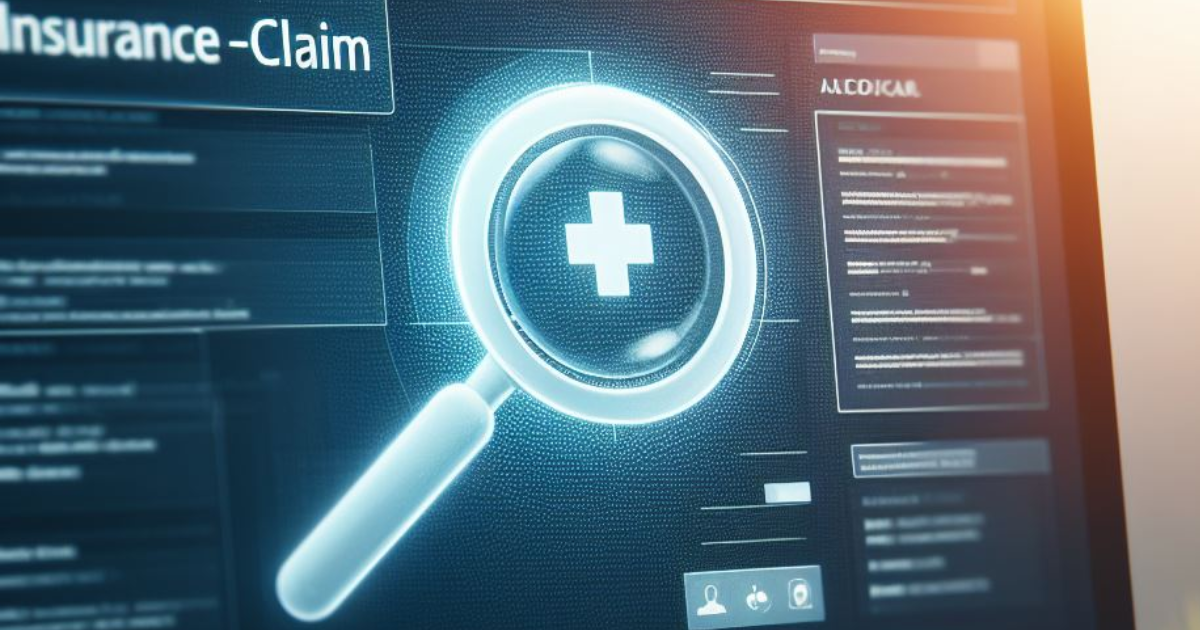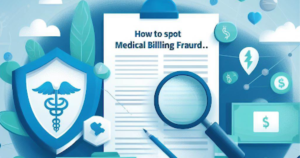Sharing is caring!

In this concise and comprehensive guide, we will walk you through the basics of claim scrubber implementation, empowering you to master the process effortlessly. Get ready to embark on a journey towards efficient claims management with our expert tips and detailed instructions. Let’s dive into the world of claim scrubbing and unlock its full potential together!
- The purpose of a claim scrubber in medical billing is to ensure the accuracy and completeness of medical claims before they are submitted to insurance companies for reimbursement. It acts as a quality control tool that identifies errors, inconsistencies, and missing information in the claims, helping to prevent claim denials and rejections.
- Claim scrubbing helps improve the accuracy of medical claims by systematically checking the claims against a set of predefined rules and standards. These rules can include coding guidelines, medical necessity requirements, and insurance-specific policies. By flagging potential errors or issues, claim scrubbing allows billing staff to correct and address them before the claims are submitted, reducing the likelihood of claim denials and rework.
- Common errors or issues that claim scrubbing can identify include incorrect or missing patient information, coding errors, lack of documentation to support medical necessity, duplicate claims, and billing for services not covered by the patient’s insurance plan. It can also identify inconsistencies in coding, such as unbundling or upcoding, which can lead to fraudulent billing practices.
- The Claim Scrubber 101 guide is designed to help beginners understand the concept and process of claim scrubbing in medical billing. It provides an overview of the purpose and benefits of claim scrubbing, explains the key components and features of a claim scrubber software, and outlines the steps involved in implementing a claim scrubber system. It serves as a resource for healthcare professionals who are new to claim scrubbing and need a basic understanding of its importance and implementation.
- The key components or features of a claim scrubber software include a comprehensive set of coding and billing rules, a database of payer-specific policies, real-time claim validation, automated error flagging, customizable edits and alerts, and reporting capabilities. These features enable the software to thoroughly analyze claims, identify potential errors or issues, and provide actionable feedback to billing staff, ensuring that claims are accurate and compliant with coding and billing standards.
- Yes, claim scrubbing can help reduce claim denials and rejections. By identifying errors or issues in the claims before they are submitted, billing staff can proactively address and correct them, increasing the chances of successful reimbursement. Claim scrubbing also helps ensure that claims meet the specific requirements of each insurance payer, reducing the risk of denials due to non-compliance with their policies or guidelines.
- The steps involved in implementing a claim scrubber system typically include assessing the organization’s needs and goals, selecting a suitable claim scrubber software, configuring the software to match the organization’s requirements, integrating it with existing billing systems, training staff on how to use the software effectively, and continuously monitoring and updating the software to adapt to changing coding and billing regulations.
- Healthcare providers can benefit from implementing claim scrubbing practices in several ways. It helps improve the accuracy and completeness of claims, reducing the likelihood of claim denials and rework. This leads to faster reimbursement and improved cash flow. Claim scrubbing also helps identify potential fraudulent claims, ensuring compliance with coding and billing standards, and reducing the risk of legal and financial penalties. Additionally, it streamlines the billing process, saving time and resources for healthcare organizations.
- There are specific regulations and guidelines related to claim scrubbing in medical billing, such as those set forth by the Centers for Medicare and Medicaid Services (CMS) and the Health Insurance Portability and Accountability Act (HIPAA). These regulations aim to ensure the accuracy, privacy, and security of patient information, as well as prevent fraudulent billing practices. Compliance with these regulations is essential for healthcare providers to avoid penalties and maintain the integrity of their billing processes.
- Yes, claim scrubbing can help identify potential fraudulent claims. By analyzing claims for inconsistencies, coding errors, and lack of supporting documentation, claim scrubbing can flag suspicious patterns or practices that may indicate fraudulent billing. This helps healthcare providers detect and prevent fraudulent activities, protecting both patients and payers from financial harm and maintaining the integrity of the healthcare system.
- The challenges faced during claim scrubber implementation can include selecting the right software solution that meets the organization’s needs, integrating the software with existing systems, training staff on how to effectively use the software, and adapting to changing coding and billing regulations. Additionally, there may be resistance to change from staff members who are accustomed to manual or less rigorous claim review processes. Overcoming these challenges requires careful planning, effective communication, and ongoing support and training.
- Claim scrubbing contributes to streamlining the medical billing process by automating the review and validation of claims. It reduces the need for manual claim review, which can be time-consuming and prone to human error. By flagging errors or issues in real-time, claim scrubbing allows billing staff to address them promptly, preventing delays in reimbursement and reducing the need for claim rework. This ultimately leads to a more efficient and streamlined billing process.
- There are training resources and certifications available for claim scrubber implementation. These resources can include online courses, webinars, and workshops that provide in-depth training on claim scrubbing concepts, software usage, and best practices. Additionally, there are certifications, such as the Certified Professional Biller (CPB) certification offered by the American Academy of Professional Coders (AAPC), which validate the expertise and knowledge of individuals in medical billing and claim scrubbing.
- The potential cost savings associated with claim scrubbing can be significant. By reducing claim denials and rejections, healthcare providers can avoid the costs associated with rework, resubmission, and potential loss of revenue. Claim scrubbing also helps identify potential fraudulent claims, preventing financial losses due to fraudulent billing activities. Additionally, the automation and efficiency gained through claim scrubbing can lead to overall cost savings by reducing manual work and streamlining the billing process.
- Claim scrubbing helps healthcare organizations achieve compliance with coding and billing standards by systematically checking claims against these standards. It ensures that claims are coded accurately and in accordance with coding guidelines, preventing errors or inconsistencies that may result in non-compliance. Claim scrubbing also helps identify potential issues related to medical necessity, documentation requirements, and insurance-specific policies, allowing billing staff to address them before submitting the claims. This helps healthcare organizations maintain compliance with coding and billing standards and avoid penalties or legal consequences.
In conclusion, Claim Scrubber 101 provides a comprehensive and easy-to-follow guide for healthcare professionals to understand and implement claim scrubbing in medical billing. By mastering the basics of claim scrubber implementation, healthcare organizations can improve the accuracy and efficiency of their claims, reduce denials and rejections, ensure compliance with coding and billing standards, and ultimately enhance their revenue cycle management.




